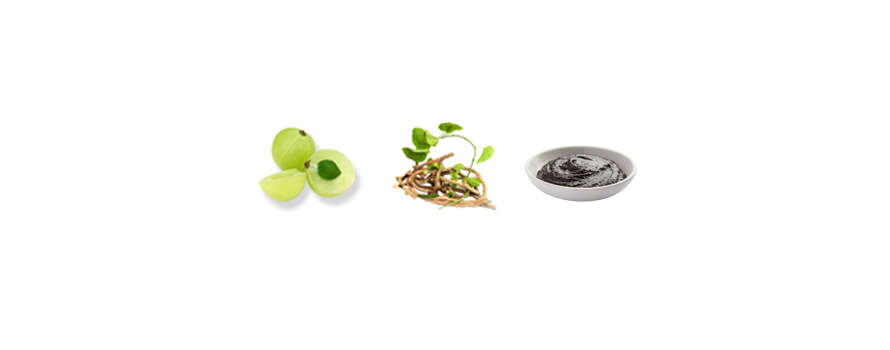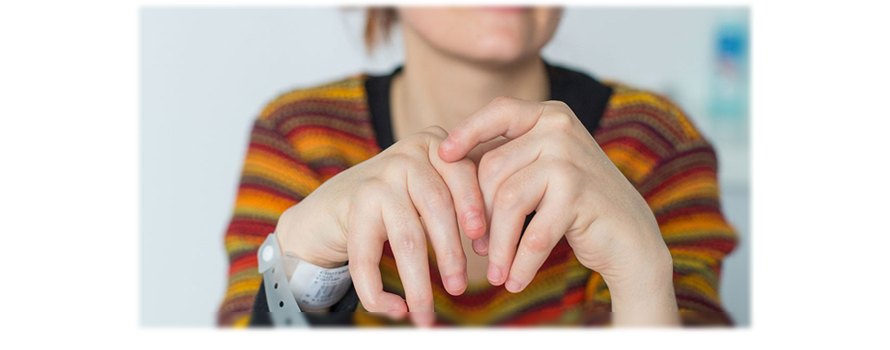Before knowing about the ayurvedic medicine for Parkinson’s it is important to know what Parkinson’s disease is. Parkinson’s disease is grouped under degenerative disorder. This is among the most prevalent extrapyramidal debilitating diseases that affect senior citizens. The term “extrapyramidal effects” describes involuntary movements that you cannot control. The classic triad of resting tremor, bradykinesia, and rigidity is present in this syndrome.
Parkinson’s disease typically manifests itself after the age of 50, but it may also manifest itself earlier in life. Parkinson’s disease is a neurodegenerative condition that causes brain cells to fail and die over time. The disorder affects brain cells that produce the chemical dopamine. Parkinson’s disease is characterized by movement disorders caused by a lack of dopamine.
Ayurvedic Medicine for Parkinson’s exists. In Ayurvedic terms, Parkinson’s disease is a state of Vata aggravation. Aside from genetic predisposition, factors that facilitate dysregulation of certain neural pathways cause the disease. The Vata dosha is characterised by dryness, degeneration, wear-down or roughness, and rigid qualities in Ayurvedic terms. This internal degeneration manifests as outer deregulation, as shown by increased movement, tremors, sleep deprivation, and other manifestations of the air element’s over activity.
Parkinson’s disease is correlated with a disease condition called Kampavata in Ayurveda
. As there are also generalized involuntary movements in all parts of the body it is also called path. Vepathu is caused by Vata vitiation and thus the treatments done are mainly concentrated initially on bringing back the Vata into normalcy. Before understanding the details of Ayurvedic treatment, remember that kampavata is a vatavyadhi condition (diseases caused by the spread of vitiated Vata dosha throughout the mind-body).
Vatavyadhi diseases are divided into two types
- Dhatukshayajanya – caused by the destruction or loss of vital tissues.
- Margavrodhjanya – caused by blockages to the proper flow of energies and nutrients through their channels.
The treatment protocols for the two types of vatavyadhi are different. Kampavata is such a condition in which both types of Vatavyadhi are included and thus treatment of Kampavata is difficult. The treatment plan of a patient with kampavata is determined by the physician’s knowledge of the form of vatavyadhi present, as well as the patient’s unique Prakriti, vikriti, lakshanas, samprapti, satmya, and other factors.
When the majja dhatu weakens and shrinks, the srotamsi (channels) that make up that tissue become hollow leading to dhatukshayajanya vatavyadhi. Vata dosha fills that vacuum, resulting in Vatavyadhi. Any dhatukshayajanya vatavyadhi, including kampavata, can be treated using one of three methods, which can be used simultaneously or sequentially depending on the patient’s and disease’s characteristics.
- Complete purification and removal of toxic substances from all of the dhatus (tissues).
- Controlling vitiation of Vata dosha.
- Correcting the destruction of involved dhatus.
Acharya Charaka has mentioned Asthapana vasti for Vepana. Charaka has stressed Srotoshuddhi, Vatanulomana, and Rasayana in the general management of Avarana.
Treatment includes
- Shodhana Chikitsa: Bio-cleansing therapies followed by Palliative therapy should be advocated. Depends on the strength of the patient and the prognosis of the disease.
- Panchakarma: Based on the condition.
- Herbal medicines which exclusively work on tremors, use herbal nerve tonics to relieve rigidity and nourish the nervous system.
- Dietary: advice to improve digestion directly contributes to the efficacy of the medicines and treatments given.
- Practice yoga or meditation to focus on overcoming symptoms, managing internal energies, relaxation, and reducing stress or anxiety.
Ayurvedic medicine has a lot of experience treating kampavata, which is an ancient form of Parkinson’s Disease. Parkinson’s disease is a multifaceted illness with over twenty motor and nonmotor symptoms. Ayurvedic treatment for this disorder is not straightforward. One or more courses of panchakarma chikitsa, carefully selected herbs, mineral, and metal-derived medicines, a proper diet, and a healthy lifestyle is required for the treatment of kampavata. Following these suggestions, on the other hand, will not only alleviate physical symptoms but can also provide insight into the psychological factors that contribute to the disease. Living in discord with one’s unique nature (Prakriti) is the root cause of illness, and true healing requires re-alignment on the physical, mental, intellectual, and pranic levels.
The Ayurvedic medicine for Parkinson’s disease goes far beyond the effects of our herbal medicines on brain chemistry. Ayurveda’s true power lies in its ability to transform and re-construct the subtle energetic body, which is both the cornerstone of health and the source of disease. The above strategy is focused on making positive lifestyle improvements, mind refinement through Yogic practices, and living in harmony with nature.



